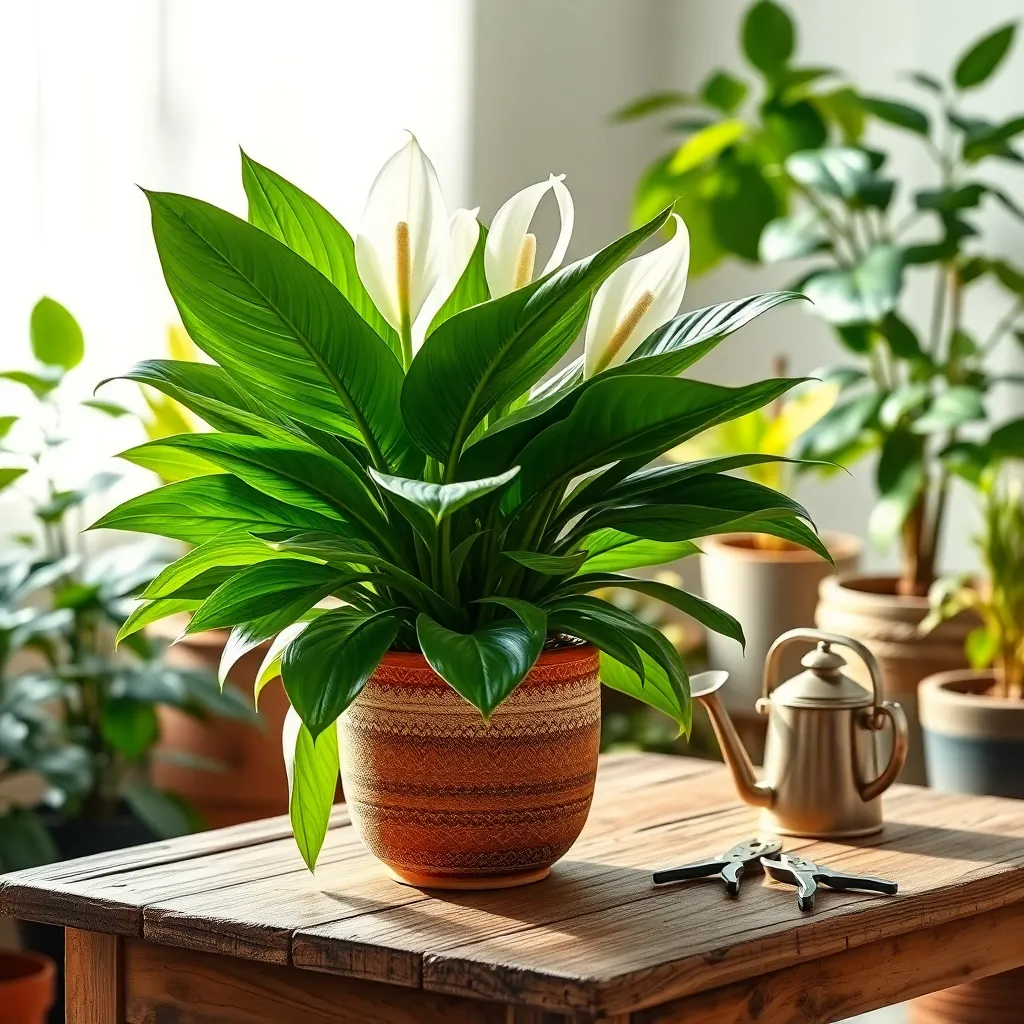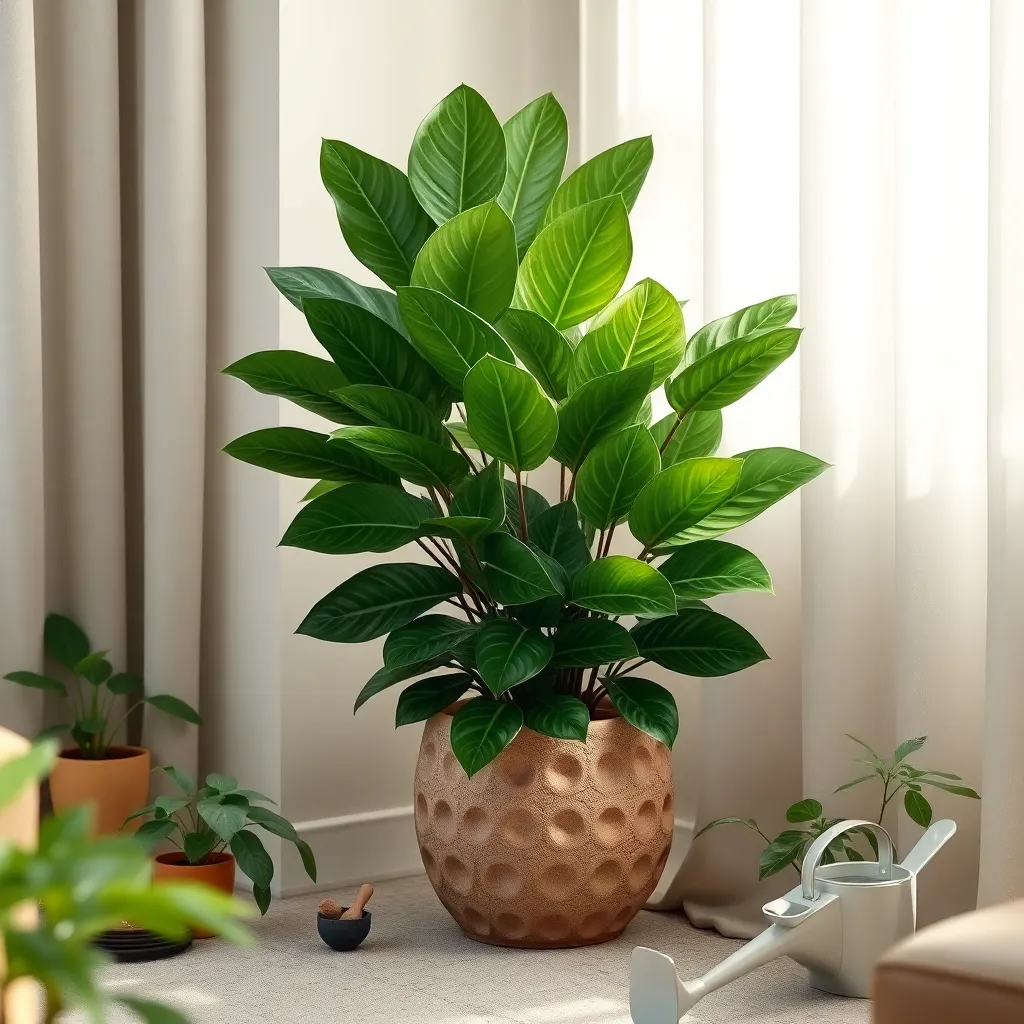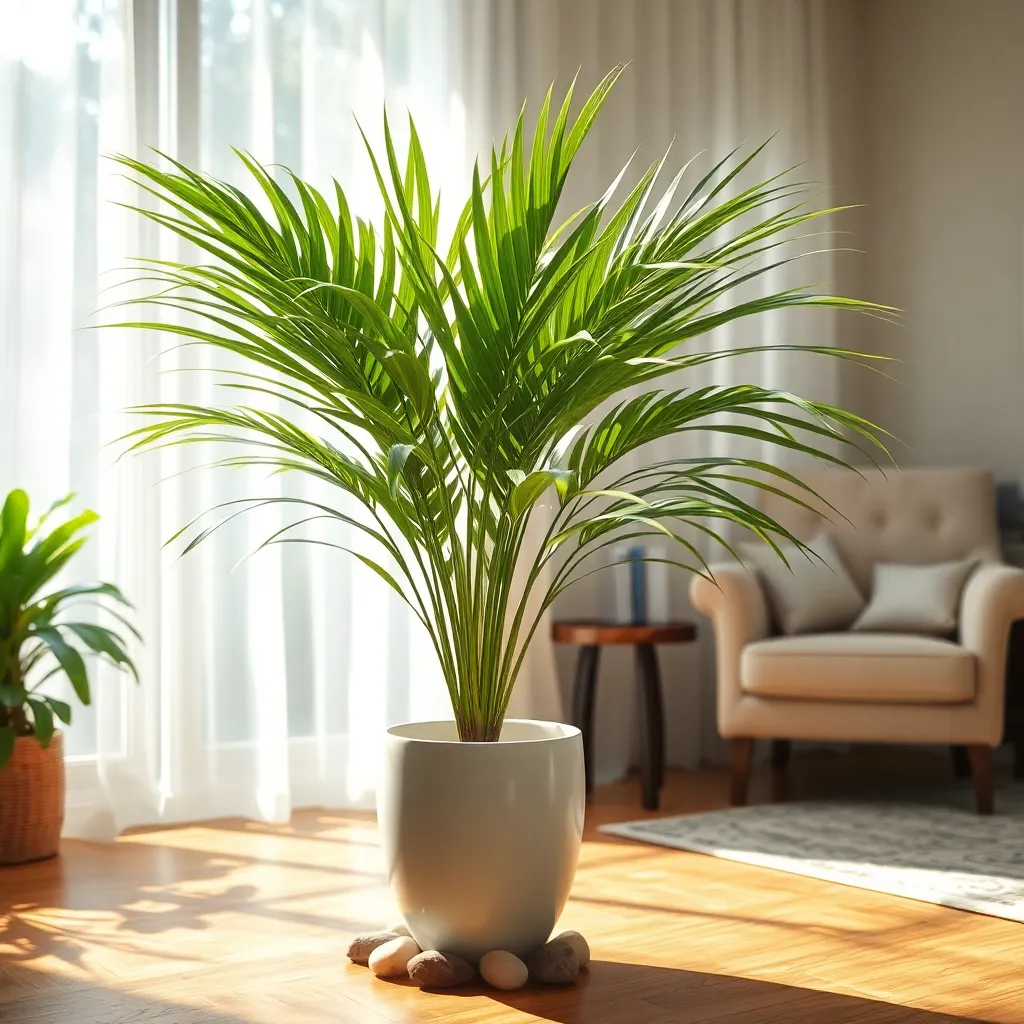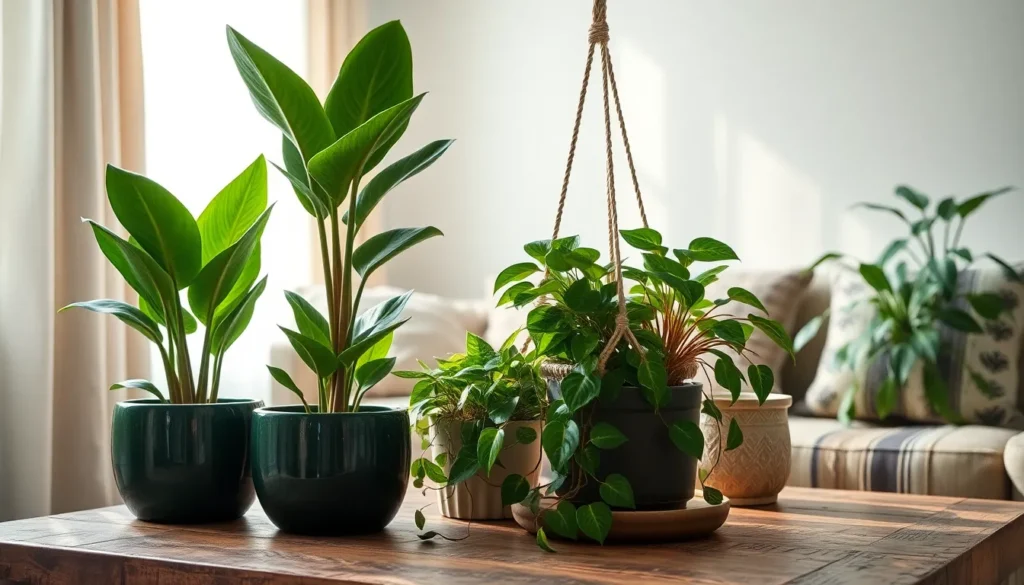Welcome to the verdant world of indoor gardening, where even the shadiest corners of your home can blossom with life! Whether you’re a budding enthusiast just getting your first trowel dirty or a seasoned green thumb seeking new leafy companions, this guide to the best low-light houseplants is your passport to a lush indoor oasis. Say goodbye to the notion that your space needs to be flooded with sunlight to nurture thriving plants; instead, embrace the exciting possibilities that low-light champions offer.
In the pages ahead, you’ll discover a curated selection of resilient houseplants that thrive in the soft glow of indirect light, bringing beauty and tranquility to any room. These plants not only flourish with minimal sunlight but also provide practical benefits such as purifying the air and enhancing your home’s ambiance. With our expert insights and tips, you’ll feel empowered and assured in your ability to cultivate these easy-care wonders, transforming your home into a serene retreat. Unleash your inner gardener and experience the joy and satisfaction that comes from nurturing nature, no matter how light-deprived your indoors may be.
Peace Lily (Spathiphyllum spp.)

The Peace Lily, known scientifically as Spathiphyllum spp., is a popular choice for low-light environments, making it an ideal houseplant for rooms with indirect sunlight. This plant thrives in medium to low light, but positioning it in a spot with some natural light will enhance its growth and blooming potential.
To care for a Peace Lily, keep the soil consistently moist but not waterlogged, as overwatering can lead to root rot. It’s beneficial to use a well-draining potting mix, such as one formulated for houseplants, to ensure proper aeration and drainage.
Watering is crucial for maintaining a healthy Peace Lily, so consider watering it once a week, allowing the top inch of soil to dry out between waterings. If the leaves droop, it’s a sign that your plant is thirsty, and a good soak can help revive it quickly.
For advanced care, fertilize your Peace Lily every 6-8 weeks during the growing season with a balanced, water-soluble fertilizer to promote lush foliage and blooms. Mist the leaves occasionally to increase humidity, which mimics the plant’s natural tropical habitat and prevents browning tips.
Cast Iron Plant (Aspidistra elatior)

The Cast Iron Plant, known scientifically as Aspidistra elatior, is renowned for its ability to thrive in low-light conditions, making it ideal for dimly lit rooms. Its durability and low maintenance needs make it a favorite among busy gardeners and beginners alike.
To ensure optimal growth, it’s important to plant your Cast Iron Plant in well-draining soil, such as a mix of potting soil and perlite or sand. Watering should be done sparingly, allowing the soil to dry out between waterings to prevent root rot.
While it can handle a range of temperatures, it thrives best in environments between 60-75°F (15-24°C). Avoid placing it in direct sunlight, as this can scorch its leaves; instead, opt for a location with indirect light or even a shady corner.
For those looking to give their plant an extra boost, consider fertilizing once a month during the growing season with a balanced liquid fertilizer. Regularly wiping the leaves with a damp cloth will help keep them dust-free and glossy, ensuring the plant remains healthy and vibrant.
Chinese Evergreen (Aglaonema commutatum)

Chinese Evergreen (Aglaonema commutatum) is a fantastic choice for those seeking an attractive, low-maintenance houseplant that thrives in low-light conditions. This versatile plant is well-suited for both beginners and experienced gardeners who want to add lush greenery to their homes without the hassle of constant care.
Ensure your Chinese Evergreen is planted in a well-draining potting mix, such as a blend of peat, perlite, and bark, to prevent root rot. It’s important to keep the soil consistently moist, watering the plant once the top inch feels dry, but be cautious not to overwater.
The plant tolerates a wide range of temperatures, ideally between 65°F and 80°F, making it suitable for most indoor environments. Protect your Chinese Evergreen from cold drafts and sudden temperature changes, which can harm its beautiful leaves.
Fertilize your plant with a balanced, water-soluble fertilizer every 6-8 weeks during the growing season to promote vibrant foliage. For more advanced care, occasionally wipe the leaves with a damp cloth to remove dust and enhance photosynthesis efficiency.
Heartleaf Philodendron (Philodendron hederaceum)

The Heartleaf Philodendron (Philodendron hederaceum) is a fantastic choice for those seeking a resilient and low-maintenance houseplant. Known for its lush, heart-shaped leaves, this plant thrives in low-light conditions, making it perfect for dimly lit corners of your home.
When it comes to soil, use a well-draining potting mix to prevent root rot, which can be a common issue if the roots sit in water. A mix of peat, perlite, and orchid bark works well, ensuring that the plant has the aeration it needs to grow healthily.
Watering is straightforward with the Heartleaf Philodendron; simply let the top inch of soil dry out before watering again. Over-watering is to be avoided, so always check the soil moisture with your finger to avoid waterlogging.
For more advanced care, regularly clean the leaves with a damp cloth to remove dust and enhance photosynthesis. Additionally, if you wish to encourage fuller growth, consider pruning the plant. Snip just above a leaf node to promote bushier growth, and use the cuttings for propagation by placing them in water until roots develop.
Parlor Palm (Chamaedorea elegans)

The Parlor Palm (Chamaedorea elegans) is a fantastic choice for those seeking a low-light houseplant that adds a touch of elegance to any room. Known for its ability to thrive in indoor conditions, the Parlor Palm is perfect for beginners who may not have a lot of natural light in their homes.
This hardy plant prefers indirect light and can even tolerate low-light conditions, making it a versatile addition to your home. To keep your Parlor Palm healthy, ensure it is planted in a well-draining potting mix, such as a standard houseplant soil blend with added perlite.
Watering your Parlor Palm requires a bit of balance; it prefers to be kept slightly moist but not waterlogged. A good rule of thumb is to water it once the top inch of soil feels dry, usually every 1-2 weeks, depending on the humidity and temperature of your home.
For those looking to take their Parlor Palm care to the next level, consider misting the leaves occasionally to mimic its natural humid environment. Fertilize your Parlor Palm with a diluted liquid fertilizer during the growing season, typically from spring to early fall, to promote lush growth.
Conclusion: Growing Success with These Plants
Nurturing a relationship, much like caring for low-light houseplants, requires patience, understanding, and the right environment to thrive. In this article, we explored five key concepts: the importance of adaptability in varying conditions, the value of consistent care, the need to understand each other’s unique needs, the power of creating a nurturing environment, and the benefit of recognizing growth in subtle forms. By integrating these insights, you can cultivate a more resilient and fulfilling partnership.
As an actionable next step, take a moment today to discuss with your partner one small change you both can implement to enhance your relationship’s “light”—whether it’s dedicating time for a shared activity or simply expressing appreciation more frequently.
Remember, relationships, like these hardy plants, flourish with attention and love. Bookmark this article as your go-to guide for nurturing your bond through life’s varying seasons. A thriving relationship is ever-evolving and, with the right care, can weather any storm. With these insights, you’re well on your way to growing a partnership that stands strong in any light. Save this resource and revisit it often to ensure your relationship continues to blossom. 🌿❤️







